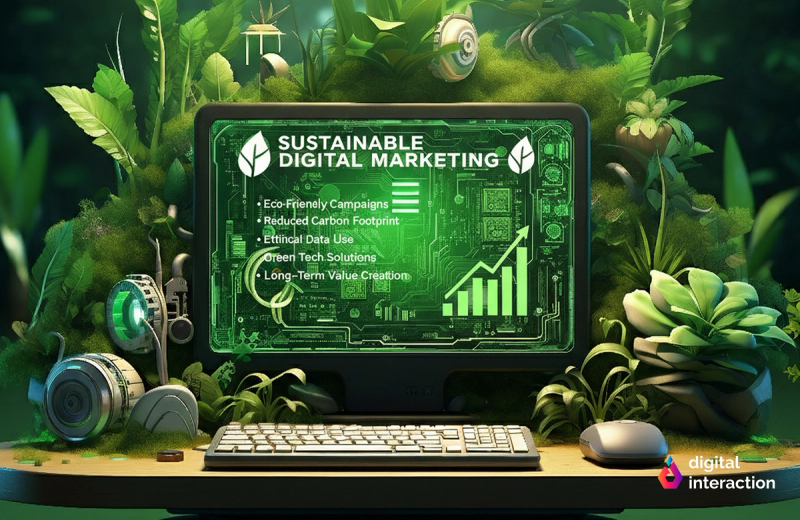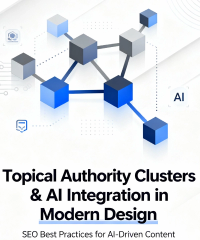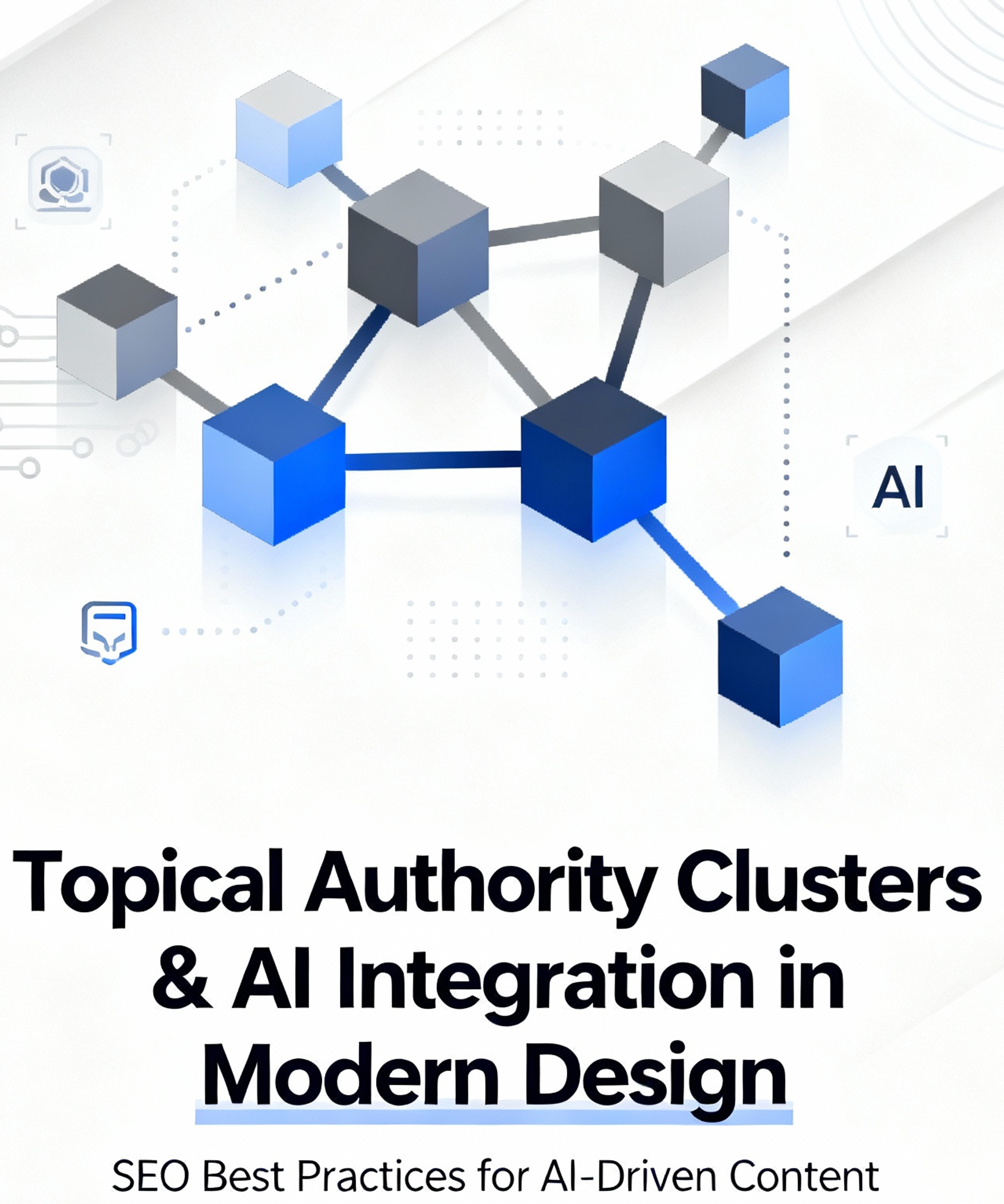
Climate awareness has transformed how consumers evaluate brands. People increasingly look beyond a catchy slogan or a flashy ad and ask, “Is this company doing its part for the planet?” While sustainability once focused on physical products—recycled packaging, ethically sourced materials—it now extends to the digital realm. That means marketers need to consider the environmental impact of their campaigns as well as the messaging itself. The good news? It’s possible to embrace sustainable practices while still driving growth.
Why Sustainability Matters Online
Every time someone loads a webpage, watches a video ad or sends an email, energy is consumed. Data centres, network infrastructure and devices all draw power. Though an individual action uses only a tiny amount of electricity, the cumulative impact is significant. By reducing the environmental footprint of your digital marketing, you not only contribute to a healthier planet but also build trust with eco‑conscious consumers.
Steps Toward Greener Digital Marketing
1. Choose eco‑friendly web hosting and technologies
Not all hosting providers are equal. Look for companies that power their servers with renewable energy or participate in carbon‑offset programs. Optimise your website’s performance by compressing images, minifying code and using a content delivery network (CDN). Faster, lighter pages mean less energy consumed during each visit and a better user experience.
2. Optimise content and campaigns for efficiency
Long, autoplay videos and heavy animations can drain bandwidth and power. Keep your creative assets lightweight by using modern formats (like WebP images and compressed video codecs) and enabling lazy loading so content only loads when it comes into view. When designing email campaigns, use succinct copy and avoid oversized graphics. This reduces load times and decreases the carbon footprint of each send.
3. Trim your ad inventory
Flooding every possible channel with ads can waste budget and energy. Instead, run targeted campaigns on platforms where your audience is most active. Regularly audit your ad placements to remove underperforming or irrelevant placements that generate impressions without conversions. By showing ads to fewer people—but to the right people—you conserve resources and achieve better ROI.
4. Embrace ethical data practices
Responsible data collection isn’t just about privacy—it can also save energy. Tracking unnecessary data creates more storage and processing. Be clear about what you collect and why, and avoid excessive tracking pixels or scripts. This not only reduces page load and energy use but also builds trust with users who are increasingly wary of invasive marketing.
5. Align messaging with values
If your business implements eco‑friendly practices, share them openly. Create content that explains your sustainability initiatives, from recycled packaging to clean energy use. However, avoid “greenwashing”: claiming environmental credentials without real backing. Authenticity is key. Back up your claims with measurable actions.
The Business Case for Going Green
Sustainable marketing isn’t just altruistic—it’s a competitive advantage. Studies show that consumers are willing to pay more for sustainable products and prefer brands that align with their values. Showing your commitment can improve customer loyalty and attract new audiences. Moreover, optimised websites and lean campaigns often perform better, reducing costs while improving performance metrics like page speed and conversion rates.
Sustainability and SEO
Page speed and user experience are ranking factors. By streamlining your site for energy efficiency—compressing files, minimising render‑blocking resources and reducing server requests—you not only save energy but also improve your search visibility. A lightweight website encourages longer engagement and lower bounce rates, both of which send positive signals to search engines.
Measuring Your Digital Footprint
You don’t have to guess whether your efforts make a difference. Tools exist to estimate the carbon footprint of your website and email campaigns. Monitor metrics like page load time, data transferred per visit and total page views. Look for patterns in high‑bandwidth content and consider whether you can replace it with lighter alternatives.
Building a Sustainable Marketing Culture
True change goes beyond tweaks; it’s about cultivating a mindset. Encourage your marketing team to think about sustainability in campaign planning. Celebrate small wins, like reducing page weight or switching to renewable hosting. Share insights with stakeholders and show how eco‑friendly decisions can also lead to better business outcomes.
Final Thoughts
Digital marketing is essential for growth, but that doesn’t mean it has to harm the planet. By taking intentional steps—choosing green hosting, streamlining assets, targeting efficiently and practising ethical data collection—you can build a marketing strategy that’s sustainable and successful. Your customers will notice, your campaigns will perform better and the planet will thank you.
Ready to integrate sustainability into your marketing? Explore how our Web Development team can build fast, eco‑friendly websites and our strategy experts can help you craft campaigns that are good for business and the environment.
“Success is the result of perfection,
Phil Martinez
hard work, learning from failure, loyalty, &
persistence”








